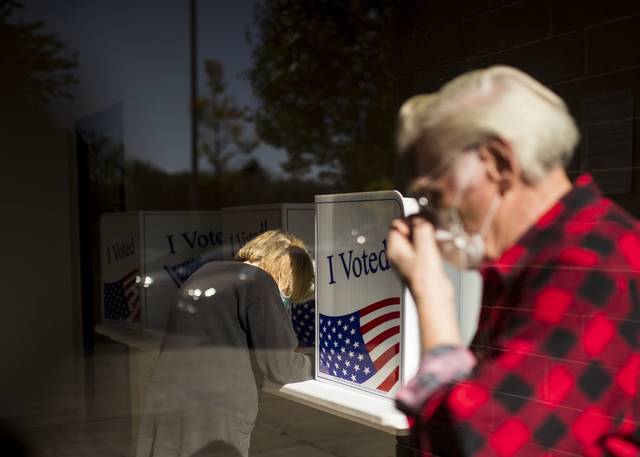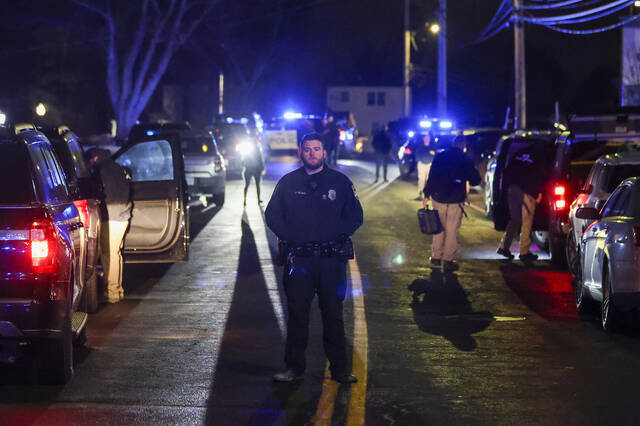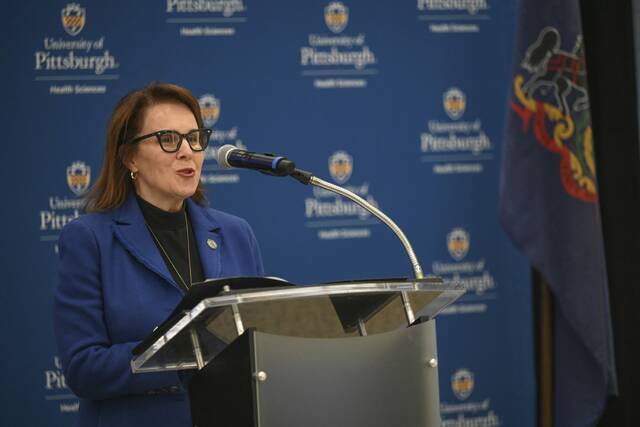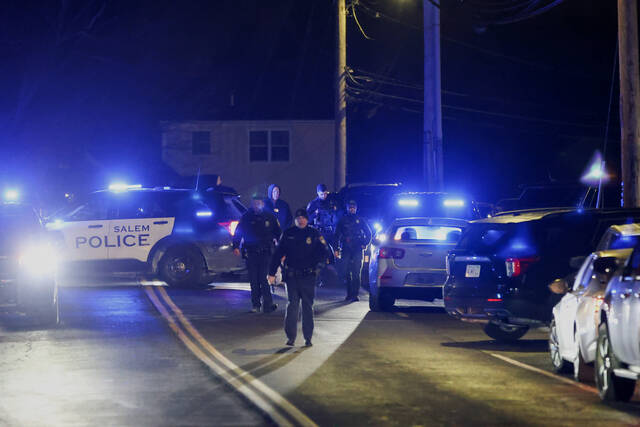Election Day is only one point in the process of the Electoral College, which decides who wins a U.S. presidential race.
According to Britannica.com:
“American voters go to the polls … but the ballots that they cast do not directly elect the president. Instead, the will of the voters is reflected in the actions of state electors. These electors are selected by political parties at the state level and in many cases are bound by law to vote in a way that is consistent with the results of the popular vote.”
After the polls close, states begin to count and certify popular vote results according to their respective rules. Federal law then requires governors to prepare, “as soon as practicable,” official certificates to report the popular vote in the state. These documents, often signed by governors, must carry the seal of the state. One copy is sent to the archivist of the United States.
Electoral College electors in each state don’t vote until Dec. 14. The electors’ votes typically align with the popular vote in each state. But not all states require the votes cast by electors to mirror the popular vote.
Maine and Nebraska employ a “district system” in which two at-large electors vote for the state’s popular plurality and one elector votes for each congressional district’s popular plurality.
Certificates recording the electoral vote results in each state must be received by the president of the Senate and the archivist no later than Dec. 23.
The official results of the electoral votes are sent to the new elected Congress, which is set to meet in a joint session on Jan. 6, 2021, and announce the results.








